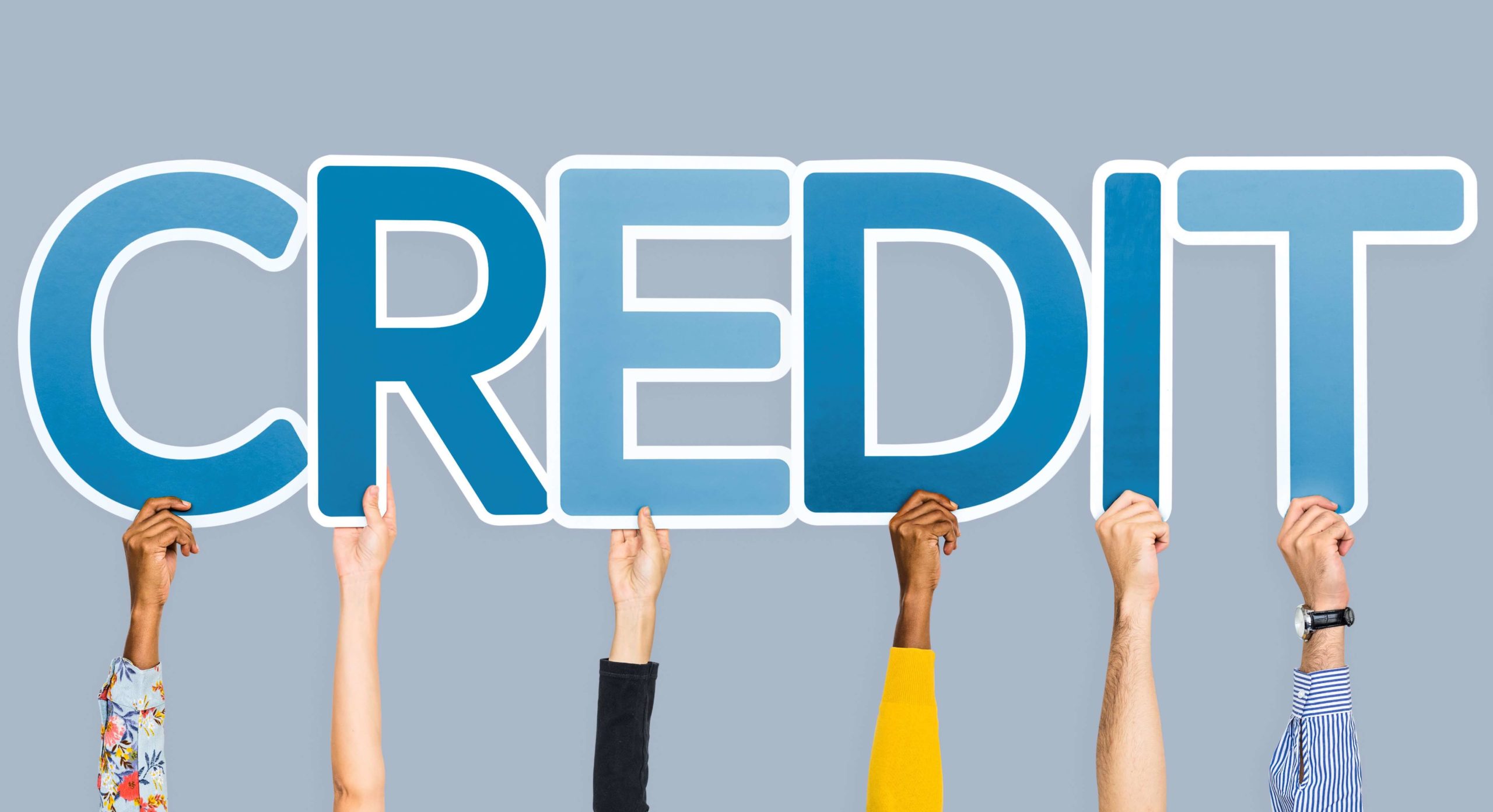Business
Credit: What It Is and How It Works

- /home/busideid/businesslifenow.com/wp-content/plugins/mvp-social-buttons/mvp-social-buttons.php on line 27
https://businesslifenow.com/wp-content/uploads/2023/09/309211-scaled-1-1000x600.jpg&description=Credit: What It Is and How It Works', 'pinterestShare', 'width=750,height=350'); return false;" title="Pin This Post">
- Share
- Tweet /home/busideid/businesslifenow.com/wp-content/plugins/mvp-social-buttons/mvp-social-buttons.php on line 72
https://businesslifenow.com/wp-content/uploads/2023/09/309211-scaled-1-1000x600.jpg&description=Credit: What It Is and How It Works', 'pinterestShare', 'width=750,height=350'); return false;" title="Pin This Post">
Introduction
Understanding credit is essential in today’s financial world. Whether you’re applying for a loan, getting a credit card, or even renting an apartment, your credit history and credit score play a crucial role. In this article, we will explore the fundamentals of credit, its mechanics, and how it functions in our day-to-day lives.
What is Credit?
Credit refers to the trust and confidence that a lender places in a borrower regarding their ability to repay a debt. It allows individuals and businesses to acquire goods, services, or money with the promise to pay it back in the future, usually with additional interest.
Here are some key points to understand about credit:
- Credit can take many forms, such as loans, mortgages, credit cards, or lines of credit.
- It grants individuals or organizations access to funds or resources they may not currently have.
- It is commonly subject to stipulated terms and conditions.
- Credit enables increased flexibility and opportunities for financial growth.
The Mechanics of Credit
Credit Score is a numerical representation of a person’s creditworthiness. It is calculated based on factors like payment history, current debts, length of credit history, and types of credit used. A higher credit score generally indicates better creditworthiness. Lenders refer to credit scores to assess the risk associated with lending money.
A few key components of the credit scoring process include:
- Payment History: Timely payments positively influence credit scores.
- Credit Utilization: Using a small portion of available credit helps maintain a healthy score.
- Length of Credit History: A longer credit history indicates creditworthiness.
- New Credit Applications: Frequent applications can negatively impact credit scores.
- Credit Mix: Having a diverse mix of credit types shows responsible credit management.
Types of Credit
Credit comes in various forms, tailored to different needs and circumstances. Common types of credit include:
- Secured Loans: Backed by collateral, such as a car or property, providing security for the lender.
- Unsecured Loans: Not backed by collateral, relying solely on the borrower’s creditworthiness.
- Credit Cards: Allows users to borrow money up to a credit limit, often used for day-to-day purchases.
- Lines of Credit: A predetermined amount of available credit that can be accessed as needed.
- Installment Loans: Fixed payments over a specific period, common for purchasing vehicles or funding education.
Benefits and Risks of Credit
Benefits:
- Increased purchasing power and access to goods and services.
- Opportunity to build a positive credit history and improve credit scores.
- Ability to handle emergencies or unforeseen expenses.
Risks:
- Accrued interest and potential fees if credit obligations are not met.
- Over-reliance on credit leads to excessive debt.
- Damaged credit score due to missed or late payments.
Maintaining Good Credit
Cultivating and preserving good credit is essential. Here are some strategies to maintain a healthy credit profile:
- Make Timely Payments: Pay all bills and debts on time to demonstrate reliability.
- Monitor Your Credit Report: Regularly review your credit report for accuracy and rectify any errors promptly.
- Manage Credit Utilization: Aim to use a moderate portion of your available credit.
- Limit New Credit Applications: Avoid unnecessary applications to prevent potential negative impacts.
Conclusion
Credit is a powerful financial tool that can enhance our lives and open doors for opportunities. Understanding how credit works is crucial for responsible financial management. By utilizing credit wisely, maintaining good credit habits, and being aware of its risks, we can make the most of this valuable resource while building a solid financial foundation.














